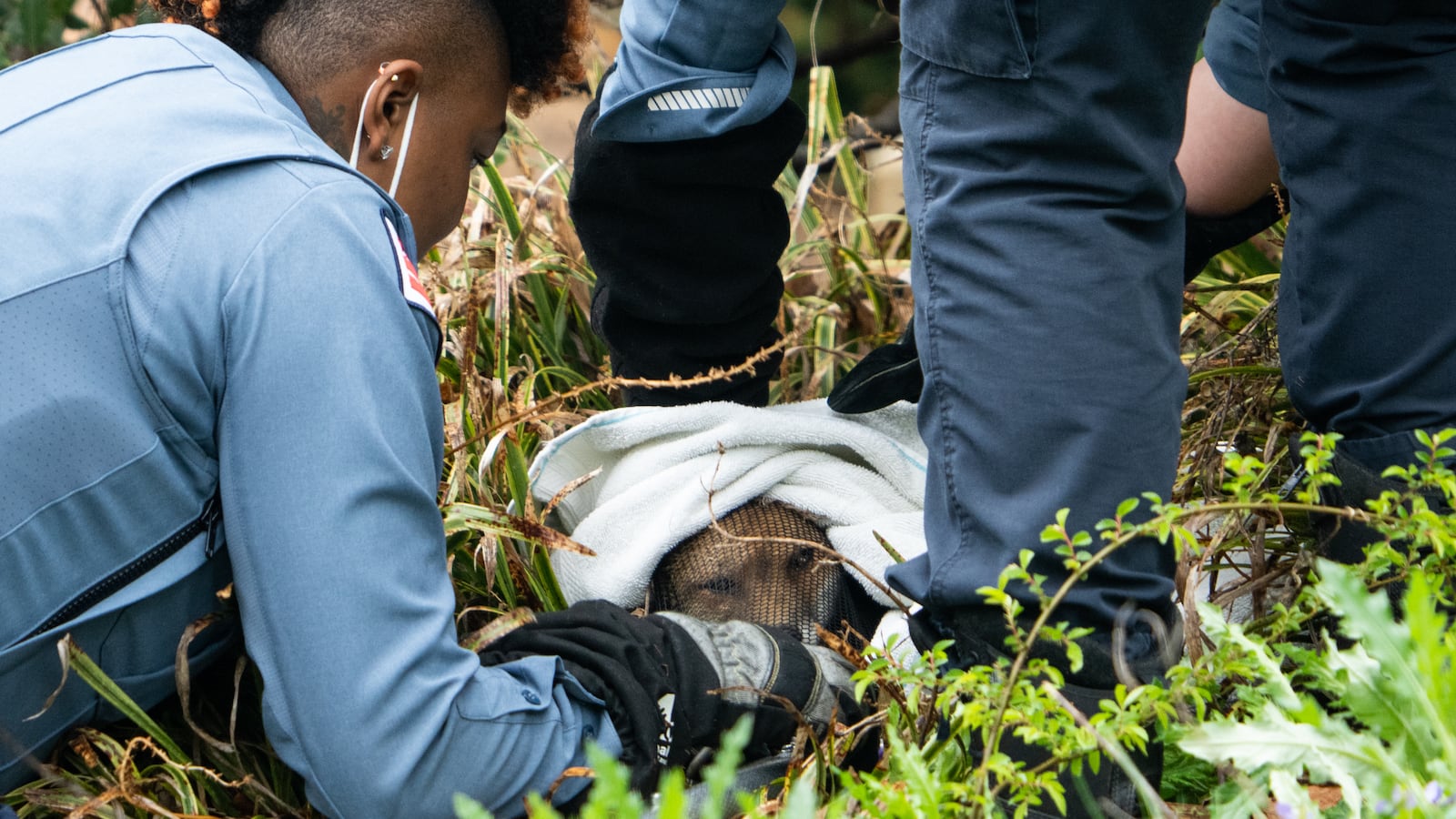Wild news broke on Tuesday that the U.S. Capitol Police had captured a fox that had wreaked havoc in Washington, D.C., biting at least nine people—including a congressman—during the week. While the fox won the hearts and minds of many—including bite victim Rep. Ami Bera, who took to Twitter to extend an olive branch to the creature—its living legend status didn’t last long.
In a grim turn of events, D.C. Public Health officials announced that the fox was “humanely euthanized” in order to test it for rabies. Horrifyingly, this process typically involves removing a potentially infected creature’s head entirely in order to examine its brain for traces of the deadly virus.
While the fox did in fact wind up testing positive for rabies, it’s a bit of cold comfort for anyone who became enamored with the creature over the past week—bringing up the question of why exactly the fox needed to be put down before it could be tested. As it turns out, though, there are a few very good reasons for it.
Edward R. Rensimer, an infectious disease specialist and rabies expert at the International Medicine Center in Houston, Texas, told The Daily Beast that the fox needed to be put down due to two primary factors: time and certainty.
“There’s no indirect test for rabies,” Rensimer said, adding that by the time the virus does appear in places like saliva and the bloodstream, it’s too late to save an animal. Plus, these tests can easily result in false negatives—which could be deadly for, say, a congressman bitten by a rabid fox.
“The rabies virus, in a bite, is deposited by saliva into the bite site,” he explained. “There the virus slowly multiplies and gets into the local muscle cells, and then into the nerve fibers serving the muscles and transits up into the brain where it’s distributed throughout the nerves of the body. That’s how it gets into saliva.”
In order to be certain then, he said that doctors need to “go to where the action is” and examine the brain tissue. If the animal had rabies in its saliva, then its brain would already be infected. This would absolutely confirm whether or not it was carrying the virus.
“Time is of the essence with this kind of disease,” he said. “You have to find out and find out fast if the animal is carrying rabies.”
Once the animal is confirmed to have the virus, bite victims can quickly receive their rabies shots—which aren’t as bad as you probably think, Rensimer added. Unlike the urban legends you’ve heard of shots involving dreadfully long needles injected directly into your stomach, the rabies vaccine is actually a lot like the vaccines you’ve (hopefully) received already.
“The shots are like a flu shot, and probably even less bad than a COVID shot,” Rensimer said. “They’re not that big of a deal and people tolerate them real well. We don’t get a lot of complaints about bad side effects or anything.”
So, unfortunately, the fox of Capitol Hill did need to be put down for her own good and the good of the D.C. community. While she may be dead, her story lives on the way all modern legends do: via memes and novelty Twitter accounts.







